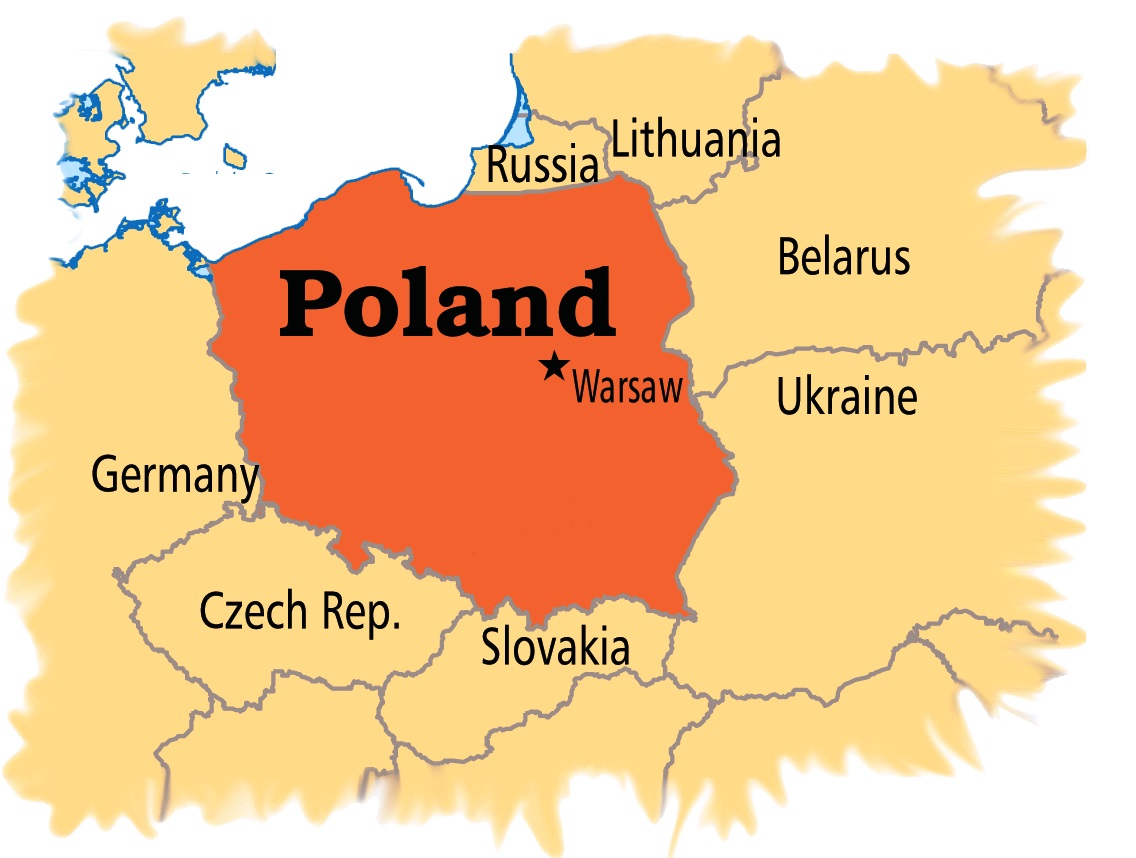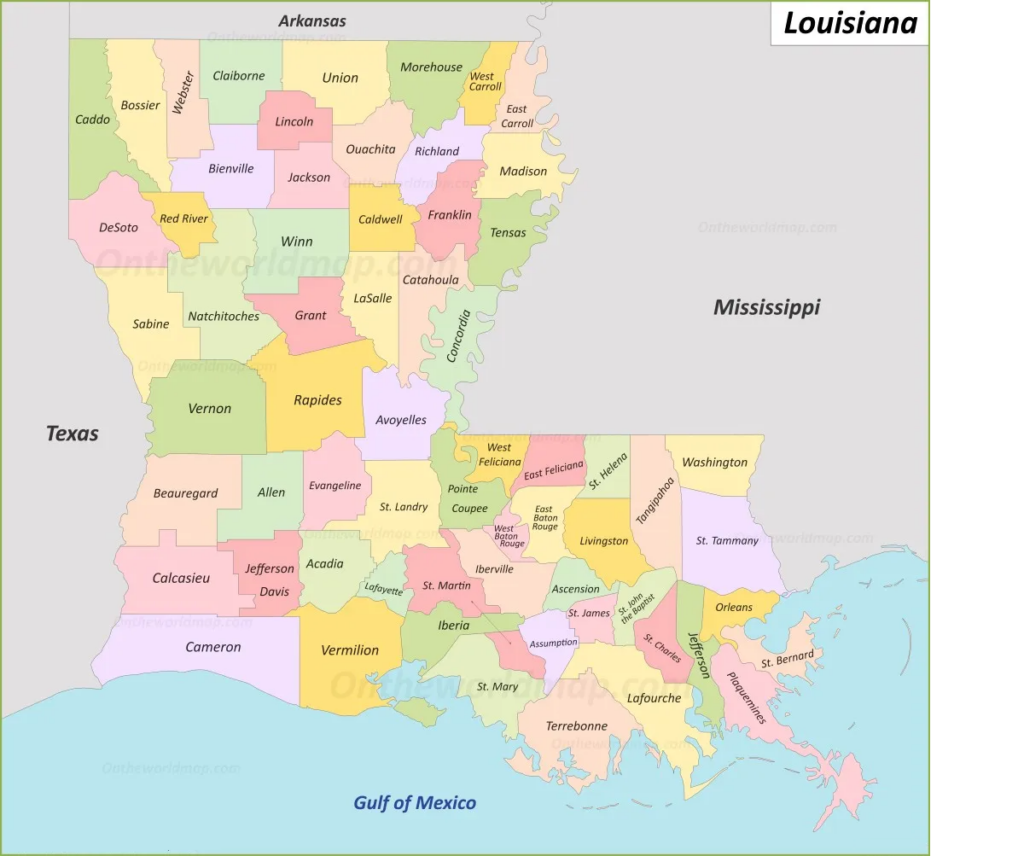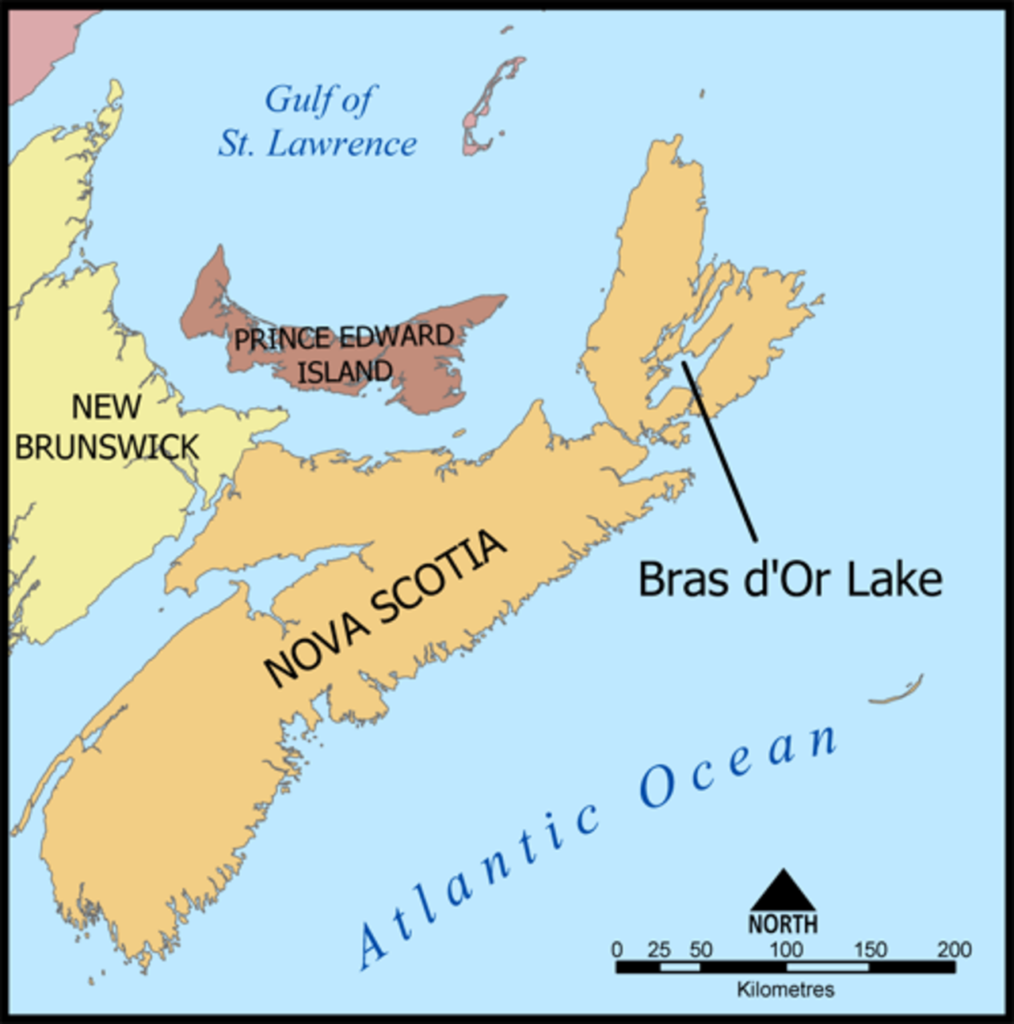Introduction
Poland is a country with a rich cultural heritage, vibrant history, and a dynamic present. Situated in Central Europe, it plays a significant role in the region both economically and politically. With a population of over 38 million people, Poland is the ninth-largest country in Europe by area and sixth by population. It boasts a variety of landscapes, from the sandy beaches of the Baltic Sea in the north to the mountainous regions of the south.
Geography
Location and Borders
Poland is located in Central Europe and is bordered by seven countries: Germany to the west, the Czech Republic and Slovakia to the south, Ukraine, Belarus, and Lithuania to the east, and Russia (Kaliningrad Oblast) to the north. To the north, it also has a coastline along the Baltic Sea. The country’s geographic coordinates are approximately 52°N latitude and 20°E longitude.
Topography
Poland’s topography is varied and includes lowlands, highlands, and mountains. The northern part of the country is characterized by the North European Plain, which includes sandy beaches, coastal lakes, and large, dense forests. Central Poland features fertile plains and rolling hills, while the southern part of the country is dominated by the Carpathian and Sudeten Mountains. The highest peak in Poland is Rysy, which is part of the Tatra Mountains and reaches an elevation of 2,499 meters (8,199 feet).
Climate
Poland has a temperate climate with both maritime and continental elements. The western part of the country experiences more maritime weather, with mild winters and cool summers, while the eastern part has more continental conditions, with harsher winters and warmer summers. The average annual temperature ranges from 6°C (43°F) in the northeast to 10°C (50°F) in the southwest. Rainfall is relatively evenly distributed throughout the year, although the summer months tend to be wetter.
Major Rivers and Lakes
Poland is home to numerous rivers and lakes. The Vistula River is the longest and most significant river in Poland, flowing from the south to the north and emptying into the Baltic Sea. Other important rivers include the Oder, Warta, and Bug. Poland also has many lakes, particularly in the northern regions, with Lake Śniardwy being the largest.
History
Ancient and Medieval Periods
Poland’s history dates back to the early medieval period when Slavic tribes settled in the region. The formation of the Polish state is traditionally dated to 966 AD when Mieszko I, the first ruler of the Piast dynasty, converted to Christianity. The kingdom expanded under the Piast and later the Jagiellonian dynasties, becoming one of the most powerful states in medieval Europe.
Renaissance and Enlightenment
The Renaissance period in Poland was marked by cultural and intellectual growth. The Jagiellonian dynasty fostered a golden age of arts and science. The Union of Lublin in 1569 established the Polish-Lithuanian Commonwealth, a unique political entity characterized by a high degree of political freedom for the nobility. However, the Commonwealth faced numerous challenges, including wars and internal conflicts.
Partitions and Independence
The late 18th century saw the decline of the Polish-Lithuanian Commonwealth, leading to its partition by neighboring powers. Poland was divided among Russia, Prussia, and Austria in three successive partitions (1772, 1793, 1795), which erased Poland from the map for 123 years. Despite this, Polish culture and national identity persisted. Poland regained independence in 1918 following World War I, only to face invasion and occupation during World War II.
20th Century
After World War II, Poland became a socialist state under Soviet influence. The period was marked by economic struggles and political repression. However, the Solidarity movement in the 1980s, led by Lech Wałęsa, played a crucial role in the eventual collapse of the communist regime. In 1989, Poland transitioned to a democratic government and a market-oriented economy.
Government and Politics
Political Structure
Poland is a democratic republic with a multi-party system. The President is the head of state, while the Prime Minister is the head of government. The Polish parliament consists of two chambers: the Sejm (lower house) and the Senate (upper house). The judiciary is independent, with the Supreme Court being the highest judicial authority.
Administrative Divisions
Poland is divided into 16 administrative regions called voivodeships. These are further subdivided into counties (powiaty) and municipalities (gminy). Each voivodeship has a degree of autonomy and is governed by a voivode appointed by the central government.
International Relations
Poland is a member of numerous international organizations, including the European Union, NATO, the United Nations, and the World Trade Organization. It plays an active role in regional and global affairs, particularly within the context of the EU and NATO.
Economy
Economic Overview
Poland has a mixed economy with a significant industrial base, diversified services sector, and robust agricultural sector. It is one of the largest economies in Central Europe and has shown consistent growth over the past decades. Poland is classified as a high-income economy by the World Bank.
Key Industries
Poland’s key industries include manufacturing, mining, energy, and information technology. The automotive industry is particularly strong, with numerous international companies operating in the country. Poland is also a major producer of coal, copper, and natural gas.
Trade and Investments
Poland’s main trading partners are Germany, the Czech Republic, the United Kingdom, and France. The country exports machinery, vehicles, electronics, and agricultural products. Poland attracts significant foreign direct investment due to its strategic location, skilled workforce, and stable economy.
Culture
Language and Literature
Polish is the official language of Poland. The country has a rich literary tradition, with notable figures such as Adam Mickiewicz, Henryk Sienkiewicz, and Wisława Szymborska, who won the Nobel Prize in Literature in 1996. Contemporary Polish literature continues to thrive, with many authors gaining international recognition.
Music and Arts
Poland has a vibrant music scene, ranging from classical composers like Fryderyk Chopin to modern pop and rock artists. The country hosts numerous music festivals, including the Warsaw Autumn and the Open’er Festival. Polish cinema is also acclaimed, with directors like Andrzej Wajda and Roman Polanski achieving global fame.
Traditions and Festivals
Poland is known for its rich traditions and vibrant festivals. Christmas and Easter are celebrated with unique customs and elaborate feasts. Other notable festivals include All Saints’ Day, where Poles honor their deceased loved ones, and the Wianki festival, which celebrates the summer solstice with music and bonfires.
Tourism
Major Tourist Attractions
- Warsaw: The capital city is known for its historical sites, such as the Royal Castle and the Warsaw Uprising Museum, as well as its modern skyline.
- Kraków: This historic city features the Wawel Castle, the medieval Old Town, and the nearby Auschwitz-Birkenau Memorial and Museum.
- Gdańsk: A major port city with a rich maritime history, beautiful architecture, and the European Solidarity Centre.
- Wrocław: Known for its stunning Market Square, numerous bridges, and vibrant cultural scene.
Which part in the map is Poland?
Poland is located in Central Europe, bordered by Germany to the west, the Czech Republic and Slovakia to the south, Ukraine, Belarus, and Lithuania to the east, and Russia (Kaliningrad Oblast) to the north. It also has a coastline along the Baltic Sea to the north.
What is the famous geography in Poland?
One of the famous geographic features of Poland is the Tatra Mountains, located in the southern part of the country. This mountain range offers stunning scenery, including peaks, valleys, and pristine lakes, making it a popular destination for outdoor enthusiasts.
What is Poland known as the land of?
Poland is often referred to as the “land of a thousand lakes” due to its numerous lakes scattered throughout the country, particularly in the northern regions.
What is the full name of Poland?
The full name of Poland is the Republic of Poland (Rzeczpospolita Polska in Polish).
For what is Poland famous?
Poland is famous for its rich history, cultural heritage, and contributions to world culture. It is renowned for its medieval architecture, Renaissance art, and traditional folk music and dance. Poland is also known for its resilience and spirit, demonstrated through its struggle for independence and solidarity movements.
What is Poland’s other name?
Poland is often referred to as “Polska” in its native language, Polish.
Which language is spoken in Poland?
The official language of Poland is Polish (Polski), which is spoken by the majority of the population. However, English is widely spoken, especially in urban areas and among the younger generations.
What is traditional food in Poland?
Traditional Polish cuisine is hearty and diverse, with dishes such as pierogi (dumplings), bigos (hunter’s stew), kielbasa (sausage), and barszcz (beet soup). Other popular dishes include golabki (cabbage rolls), kotlet schabowy (breaded pork cutlet), and oscypek (smoked cheese).
What is Poland’s capital city called?
Poland’s capital city is called Warsaw (Warszawa in Polish). It is the largest city in Poland and serves as the political, cultural, and economic center of the country.
What is Poland’s biggest city?
While Warsaw is the capital city and the largest metropolitan area in Poland, the city with the largest population is actually Kraków, which is located in the southern part of the country.
- The Real History Behind The Archimedes Dial Featured In Indiana Jones! - August 19, 2024
- The March Of The 10,000 Greek Hoplites! - August 19, 2024
- Succession Of The Roman Empire! - August 17, 2024





